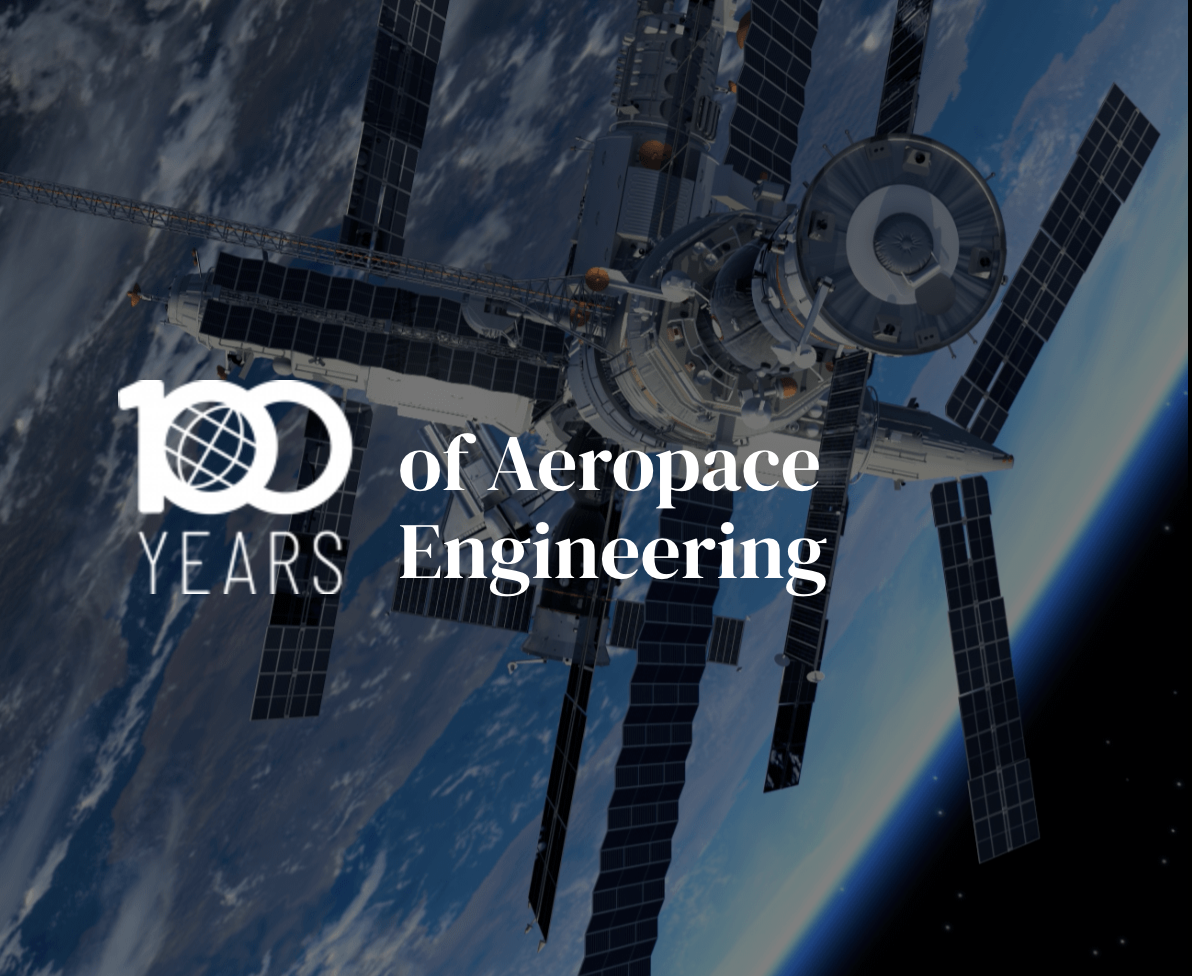As the European Academy of Engineering (EAE) commemorates a century of aerospace engineering, we embark on an introspective journey through the remarkable evolution of this dynamic field. This centennial reflection is not merely a celebration of past achievements but a tribute to the pioneering spirit that has propelled aerospace engineering to its current pinnacle.
Early Twentieth Century: The Dawn of Aerospace Engineering
The genesis of aerospace engineering can be traced back to the early twentieth century, marked by the Wright brothers' inaugural powered flight in 1903. This period heralded the advent of heavier-than-air flight, igniting a passion for aviation technology. The subsequent decades saw rapid developments, with engineers and scientists pushing the boundaries of aerodynamics, propulsion, and materials science. The era was characterized by significant milestones, including the first transatlantic flight and the inception of jet propulsion technology.
Mid-Century Advancements: Propelling Towards Space Exploration
The mid-twentieth century witnessed a seismic shift in aerospace engineering with the advent of space exploration. The launch of Sputnik in 1957 by the Soviet Union marked the beginning of the space age, challenging engineers to venture beyond traditional aeronautics. This period saw monumental achievements such as the Apollo moon landing in 1969, an event that remains one of humanity's greatest technological triumphs.
Late Twentieth Century: Technological Innovations and Globalization
The latter part of the twentieth century was characterized by technological innovations that revolutionized aerospace engineering. The development of sophisticated computer systems, advanced materials, and innovative manufacturing techniques led to more efficient, safe, and sustainable aerospace designs. This era also witnessed the globalization of the aerospace industry, with collaboration and competition driving significant advancements.
The Twenty-First Century: The Era of Diversification and Sustainability
The dawn of the twenty-first century ushered in an era marked by diversification and a growing emphasis on sustainability. The field expanded beyond traditional domains, encompassing unmanned aerial vehicles (UAVs), private spaceflight, and exploration of Mars. Additionally, the burgeoning concern for environmental sustainability prompted the development of eco-friendly aviation technologies, focusing on reducing emissions and enhancing fuel efficiency.
Looking Ahead: The Future of Aerospace Engineering
As we look to the future, aerospace engineering stands on the cusp of transformative changes. Emerging technologies such as artificial intelligence, nanotechnology, and advanced propulsion systems are poised to redefine the boundaries of what is possible. The field faces the dual challenge of advancing space exploration while ensuring environmental stewardship on Earth.
In celebrating 100 years of aerospace engineering, the EAE acknowledges the ingenuity, determination, and collaborative spirit that have driven this field forward. This centenary is not just a milestone but a beacon guiding us towards future innovations and discoveries. As we honor the past, we remain committed to fostering the next generation of aerospace engineers who will continue to explore the unknown, innovate, and inspire.
Learn how today’s aerospace world evolved ... from the earliest dreams of flying ... to the 12-second airplane flight that gave humanity its wings ... to a planet driven by aerospace and now venturing ever deeper into space.
Take a tour through the entire history of aerospace. Beginning in 3500 BC, we invite you to browse through the many contributions made to flight – right up to today’s most important developments.
